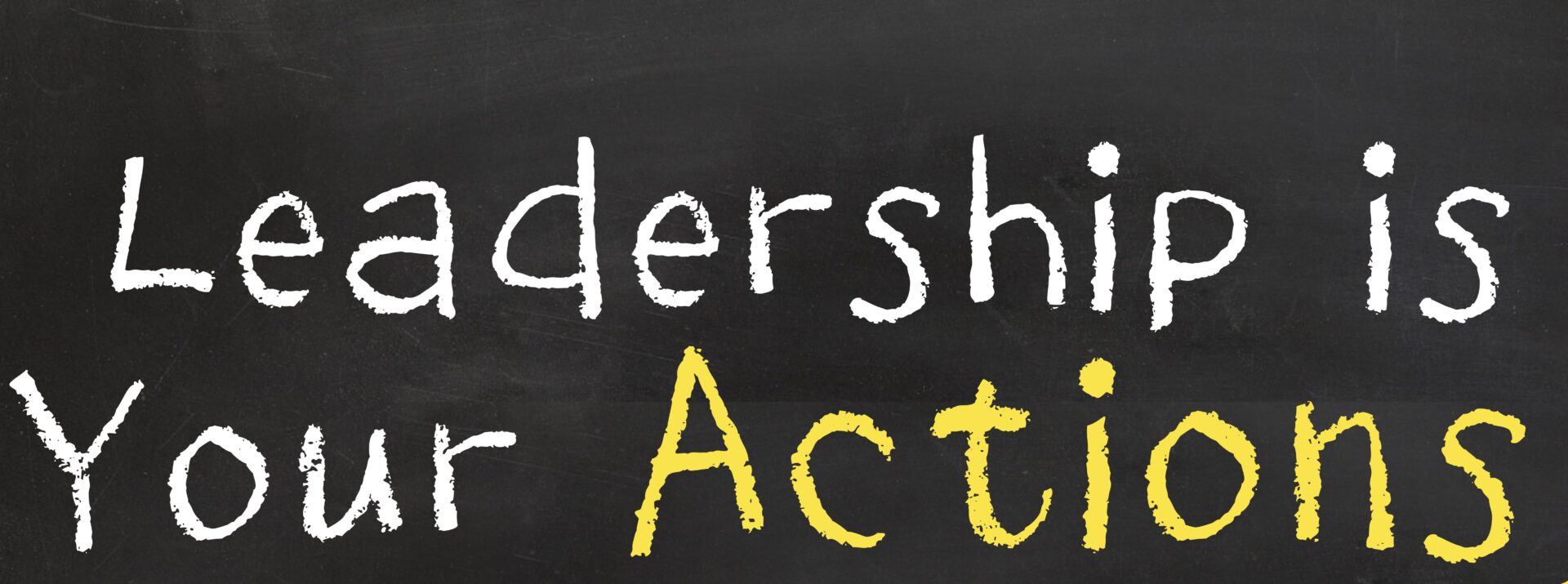Are You Ready To Lead With Action-Oriented Empathy?

Many of my clients ask me how they can incorporate empathy into their leadership approach. As an executive coach my role is not to tell them, but rather guide to look deep within to find the answers and then provide support to help develop a path forward.
To achieve this, it requires a dialogue with my clients built around probing questions that look like the following so that we can get to the source or area of focus.
- If you were more empathetic, what would that look like?
- What would it mean to you or your team if you were more empathetic?
- How would you measure success?
- What challenges could get in your way of achieving this goal?
It is interesting to note that not once have my clients answered “It would look like me standing in my team member’s shoes. “I would feel their pain more often.” Or “I would imagine more what they are thinking.” But those responses tend to define what we are told about empathy. The problem with those answers is that they are passive. They don’t require action or won’t result in success because the leader would be doing nothing but just standing. Or, they would be feeling but not acting, assuming and judging but not understanding.
Action-Oriented Empathy
Leaders who get it know it is not enough to just feel empathy, but that they need to move beyond empathy with intentional actions that product results. This challenge was already real when the workplace was in person, but now layer in virtual leadership and the challenge is even greater. While team members work at home in isolation, team interactions tend to happen in the non- stop, back-to- back zoom group meetings or one-on-one interactions only when there is an issue or problem. When these are your primary interactions, human connections and joy become thinner, and the ability to be intentionally supportive lessens.
If you are a leader wanting to do more or one who struggles with the virtual component, a great book to help reignite or build your foundational knowledge around taking intentional action is called Showing Up – A Comprehensive guide to Comfort and Connection, written by my colleague, Jen Marr. In 2017 Jen and I along with a third colleague founded Inspiring Comfort because we saw the breakdown in human care and connection and wanted to change the trajectory. While I am no longer involved day to day with Inspiring Comfort so I can focus more deeply on developing leaders and high-performing teams with my executive coaching business and CARES To Succeed Leadership Model, Inspiring Comfort and the work they do is an amazing and unique resource if your organization wants meaningful human care and connection training.
The research from Inspiring Comfort speaks clearly to the empathy versus action gap. Their data shows while 80% of people feel they can see those who are in pain, roughly 75% do not feel equipped to know what to say and do for those struggling, and therefore do nothing. Doing nothing is not acceptable for leaders, so clearly there is work to do.
Back to the questions. The following are responses I usually hear from my clients when we start going deeper.
Empathy looks like the following
Caring for team members. Listening to understand what others are saying or to get a clear picture of team needs. Asking questions versus providing solutions. Acknowledging, not dismissing or being toxic positive. Being present, not distracted, by giving the other person your full attention thru verbal cues. Not guessing what others think, or judging them, but creating space to understand concerns and develop deeper human connection. Being vulnerable by giving and receiving feedback. Shifting job assignments to help support a team member going thru a difficult time.
Empathy would mean the following
Having more trust. Higher mutual respect. Communication clarity. Expectations would be better understood. Improved collaboration. Greater transparency. Team members could have space for creativity. Interactions would be more genuine. Joy would be more present. Motivation might improve. Team goals could be achieved. Laughing and learning together.
Empathy success could be measured by the following
Retention rates/turnover rates, Project Management Timeliness, Team Productivity, Team Well Being/Sick Days, Safety Goals, Quality Measurements.
By now my clients are usually very excited about what applying action to empathy could do for them, their team or organization. Which is when we pivot to what is stopping them.
Challenges standing in leaders way
Our team culture is broken. I am afraid of failure. People wouldn’t trust me acting this way. I am stressed and overwhelmed, down 2 people and I can’t add more priorities to my plate. I don’t know how to have difficult conversations. Accountability is important to me, and empathy isn’t accountable. I need to be a better decision maker. Our team mission and purpose isn’t clear. I am taking a new leadership role. I don’t have solutions for all my team’s concerns. And the list goes on.
The Path Forward
What happens next is where the real coaching begins to apply and grow action-oriented empathy in one’s leadership. My client and I first identify which challenge needs to be addressed. What personal behavior needs to develop further or reframing needs to occur so they can first clear that hurdle and then begin to use and see the benefits of action-oriented empathy. Sometimes these challenges can be addressed in 3 months, other times it takes 12 months. But with just the self-awareness of the identified challenge or the possibilities and results that come with a focus on action-oriented empathy, my clients start to do little things differently. They make the effort to be intentional with small adjustments and soon are well on their way to positively developing a better team culture with greater connection and joyous outcomes.
I challenge you to ask yourself where are you on empathy. Are you passive or action-oriented? How would you answer these questions? What challenge do you need to tackle first so you can clear the path toward leading with action-oriented empathy. Get a coach, team up with a peer leader or speak with your mentor to develop your path to making action-oriented empathy your leadership priority.
Jill Bornstein is the Founder of Upnext Leadership Coaching and an ICF ACC Executive Coach. She helps forward thinking leaders and teams who having exciting, important, or daunting goals achieve them so they can soar. Visit upnextsuccess.com if you are interested in learning more.



